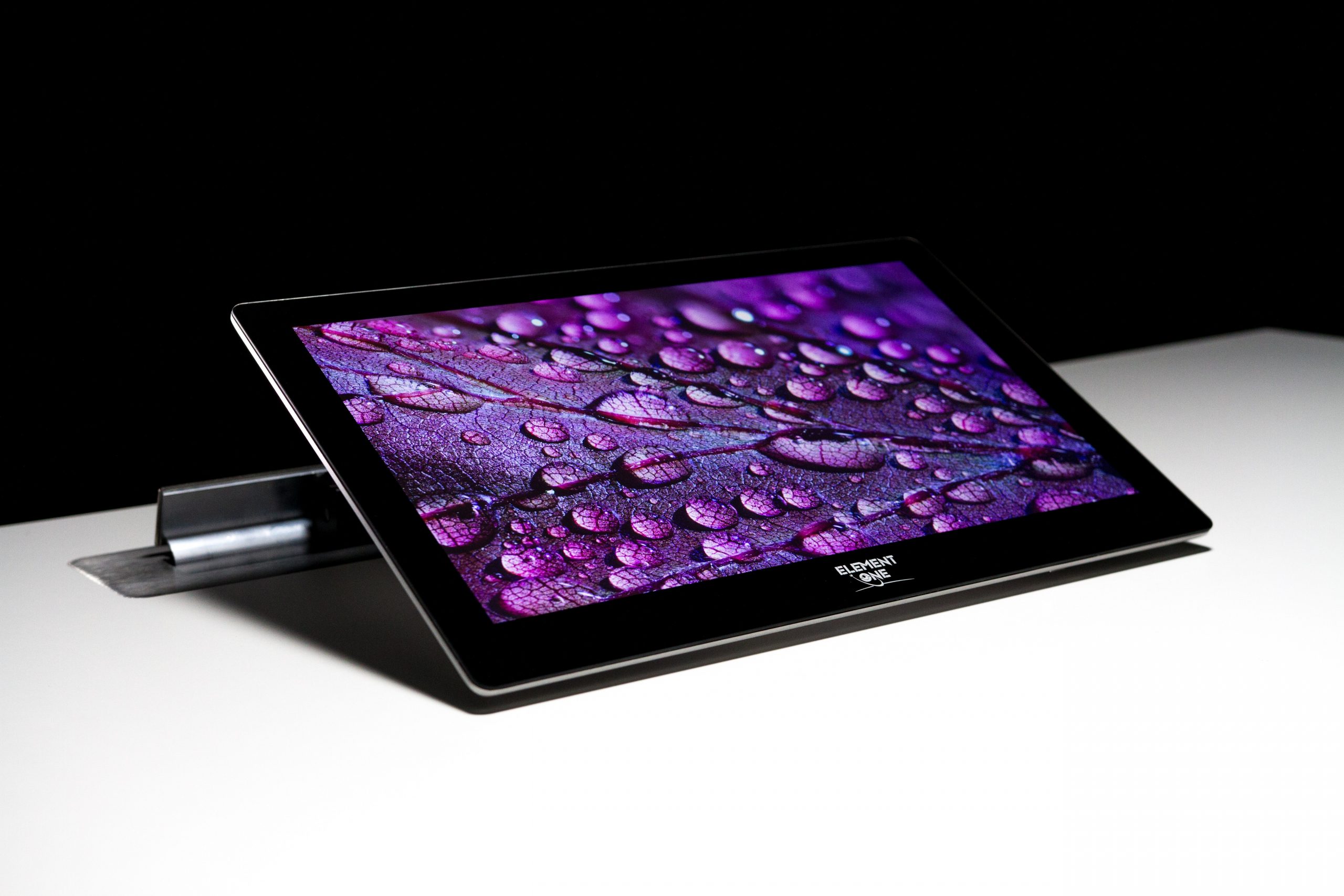At the Nvidia GTC 2022 conference, Nvidia announced new flagship chips for gaming systems and announced GeForce RTX 40 series graphics cards — GeForce RTX 4090 and RTX 4080.
The Ada Lovelace architecture, named after the English mathematician and writer, is the third generation of RTX graphics chips. It is designed to significantly improve ray tracing and support Deep Learning Super Sampling (DLSS) 3.0. This new architecture will also underpin NVIDIA’s next-generation consumer GPUs.
GeForce RTX 4090
The video card is presented with an AD102 crystal in a configuration with 16384 CUDA cores, which provide almost 83 Tflops of computing power. The video buffer is filled with GDDR6X chips with a total volume of 24 GB, bandwidth — 1008 GB/s. The standard TDP level is 450 W. The GeForce RTX 4090 will go on sale in the US from October 12 at a price of $1,599.
GeForce RTX 4080
The video card will appear in 12- and 16-gigabyte versions. The older version is based on the AD103 crystal with 9728 CUDA cores, is equipped with a GDDR6X buffer with a bandwidth of 720 GB/s and is characterized by a 320-watt TDP level. The younger one uses an AD104 chip with 7680 CUDA cores, 12 gigabytes of GDDR6X memory (504 GB/s) and has a 285-watt TDP. The GeForce RTX 4090 will go on sale in the US starting October 12th at a price of $1,599, while the GeForce RTX 4080 will arrive in November at a price of $899 and $1,199, depending on the variant.
Everything is cool, but somehow very strangely they divided the 4080 into two versions of 12 and 16 GB. At first glance, it’s just more memory. And in fact, there is a huge difference in CUDA cores, 7680 and 9728, respectively. Which makes the 4080 12GB more like the 4070.
SHARE THIS POST:


